Tuesday, December 20, 2016
Eric Fryer and the Hot Stove League
http://m.mlb.com/cutfour/2016/12/14/211174962/photo-snow-covered-pnc-park-is-gorgeous
For those readers of this blog who are not familiar with baseball terminology, the “Hot Stove League” is not a reference to a “league” of teams, but rather an almost archaic phrase that encapsulates fans of the game who must endure the winter with stoic curiosity. There is widespread agreement that the term originated during the second half of the 19th century in village stores of rural areas of the United States. Casual acquaintances, fellow churchgoers, and old neighbors would meet up on winter nights to speculate about the coming season, as well as to commiserate about the past season. At this point, with the United States still far short of 50 state composition, no major league team was more than a thousand miles away from its furthest competitor. Given the harshness of winter where the density of the clubs was distributed, the allure of tipping back on a chair in the vicinity of a warm stove must have been irresistible in an age with almost no technological connections. Needless to say, the term has little feasibility today. “HotStoveLeague.com” is a domain name on sale for $1,000, or so my search this morning turned up. I suspect the price will not go up in 2017. In fact, it will probably still be available in the next decade.
Nevertheless, the photograph of Three Rivers Stadium in the link above (and the off-stage image of the frozen river on the other side of the outfield walls) made me think of that term yesterday, and I celebrated my own version of it last night by watching Knuckleball, a film about the pitching careers of Tim Wakefield and R.A. Dickey. Much to my surprise, Linda enjoyed it quite a bit, too, in part because the film is not just about athletes, but an examination of what any meaningful undertaking involves: a willingness to persevere. The basic advice that retired knuckleball pitchers, such as Charley Hough, had for Wakefield and Dickey was that they had to believe that their best years would be when other pitchers had long been retired. I suppose one could describe knuckleball pitchers of the avatars of delayed gratification in professional baseball.
Almost every boy who has played baseball has tried to throw two pitches at some point, even if they are not pitchers. In loosening up one’s throwing arm before a game, or in my case playing catch with my brother in the back-yard, it was impossible to resist throwing a spitter and a knuckleball. I had better luck with the spitter, which dropped about two feet as my brother was about to catch my pitch. “What was that?” he asked. “An illegal pitch,” I said, “and it’s too bad it’s the only one I can throw half-decently.” The knuckleball pitch really is a curiosity, since it moves slowly enough that its lack of spin is perplexingly half-detectible. It seems as if one should be able to keep track of its trajectory, but those who play the position of catcher know far better how little fun it is to be behind the plate with a knuckleballer on the mound.
I suppose that my blog has taken the knuckleball pitch as a metaphor for its approach. One never knows what the subject might be on any given day: poetry, visual art, music, movies, theater, electoral politics, urban transportation, or health care. Today, for instance, one might reasonably expect to find part three of my sequence of entries on Charles Webb’s poetics and poetry; instead, I am going to write about personal memories of baseball and being a fan of a current MLB player.
When my father finished up his 20 years of military service as an enlisted man in the U.S. Navy, he moved his baseball and personal memories. When my father finished up his 20 years of military service as an enlisted man in the U.S. Navy, he moved his family back to San Diego County, mostly because he loved the mild winters. My parents had bought a small three-bedroom house in Imperial Beach when he was stationed in that vicinity in the mid-1950s, and they had rented it out after he got transferred to Norfolk for the tail end of his military career. As we packed up our belongings to head back to the West Coast, I realized that my experience of being a fan of professional baseball was about to change for the better. The three hour time difference would allow me to wake up and read the final outcomes of all the games, and not just the ones played on the East Coast. The morning newspaper in Norfolk was printed long before the games on the West Coast were finished being played, and it was irritating to have to wait until after yet another game had been played before finding out about the day before. It was the last reason on a long list of why I hated Norfolk, Virginia; it turned out to be the only thing that improved in my life for almost a half-dozen years.
In my pre-adolescence, I was extremely fickle about my favorite team at any given moment. In the summer of 1959, during the final year of my father’s enlistment, I grew enamored of the Los Angeles Dodgers, mainly because I liked the out-of-nowhere quality of a young rookie relief pitcher named Larry Sherry, who was said to throw a pitch, the slider, I had not heard of before. His rhyming name and (at the time) exotic pitch were immediately alluring to an impressionable young fan, who had also admired players on the Milwaukee Braves as well as the Pirates and Yankees. Joe Adcock, Eddie Matthews, Hank Aaron. What pitcher would want to face those hitters, except for that own team’s staff, headed by Warren Spahn and Lew Burdette? Two years after the Braves had beaten the Yankees, I was cheering for the Dodgers, although I admired the White Sox’s ability to win a 1-0 game with an eighth inning outburst of a walk, a stolen base, a sacrifice bunt, and a RBI ground-out.
The majority of casual fans tend to favor specific teams, and will follow them faithfully decade after decade. Over the years, I have found that I take more pleasure in noticing the minor triumphs and frequent stumbles of the journeyman player, the “Everyman” of an athletic career that owes more to effort than talent. There were certainly plenty of such players on the local team in San Diego, a Triple AAA farm club that featured players such as Kent Hadley, who moved to Japan after 1961 season, and Harry Simpson, who ended his career playing for the Mexico City Reds. Have glove, will travel. One player who epitomized the journeyman status of professional baseball was Jim Pisoni, whose talent was sufficient to serve as a back-up outfielder for a couple of teams, but who ended his career in San Diego in 1962. Indeed, for every player such as Tony Perez, who went on to a Hall of Fame career with the Cincinnati Reds and the Montreal Expos, there are dozens who linger in the obscurity of Triple AAA record books. I remember seeing Perez play in San Diego, and he brought an electricity to the field that left no doubt where he was headed as a ballplayer. More typical was the career of Art Shamsky, who will always be in the record books as one of the players to have hit four home runs in four consecutive at bats (though in Shamsky’s case, not in the same game).
At an early age, therefore, I learned of the travails of any occupation, including the most glamorous one. Minor talents languish, no matter how much effort is put into it. The 10,000 hour rule does not translate into success, though it may draw a person some measure of admiration. I think of Ray Rippelmeyer, for instance, who never got to pitch an inning of MLB ball, despite several successful seasons for the San Diego Padres. Other players do manage to put together a very modest career that includes some playing time in the big leagues, and part of my fascination with the game is how it is like chess: the move of a single pawn at an early stage in the contest can shift the whole outcome.
My favorite player these day illustrates that kind of possibility. Eric Fryer is a back-up catcher who has played for several teams in the past half-dozen years, including the Pirates, the Twins, and the Cardinals. Last year, he played for both the Cardinals and the Pirates, and many Cardinal fans wish that the team had released Brayan Pena in mid-season instead of putting Fryer on waivers and allowing the Pirates to add him to their roster. Fryer had had an outstanding first half for the Cardinals, filling in for Brayan, who had injured his knee just before the season started. Brayan had a contract in place, though, and when he had finally appeared to be healed after the All-Star break, it was Fryer who was let go.
While Fryer “cooled off” considerably as a batter while playing for the Pirates, he nevertheless managed to get 15 hits in 74 at bats, including two doubles, one triple, and 8 RBIs. It was far better production than what Pena contributed to the Cardinals over the last three months of the season. In addition, Fryer patiently escalated the pitch count of opposing pitchers by drawing 10 BBs. From a fan’s point of view, a record of playing in 35 games in the second half of a season, and only racking up a .203 BA and an OBP of .291 in 88 PA (Plate Appearances) is hardly an adequate performance, even for a second-string catcher. And it isn’t. It was a weak second half of production at the plate by a AAA+ player who has played a back-up role for three teams over the course of six seasons and a career total of 124 games. Fryer’s lifetime batting average, by the way, is .250 exactly (63 hits in252 Abs, with a career OBP of .330.
And yet as the Cardinals cleared out their locker room at Busch Stadium and looked at the National League standing, they must have wondered if that one game difference in the Wild Card standing between their team and the San Francisco Giants might be attributed to the decision to waive Eric Fryer mid-season. If Fryer had played the entire season for the Cardinals, the odds favor an instance in which Fryer’s bat would have been productive enough to turn a narrow defeat into a narrow victory. The one-game difference bench player. Maybe two games, in fact. The irony is that statistical analysis would “prove” Fryer’s worth to be less than major-league caliber in the second half. The reality is it is very difficult to measure the exact worth of a player, especially when it comes to “small ball.” The following is a “small ball” instance of how Fryer might have made the difference on the Cardinals’ team in July, August, and September.
The case in point is nearing the homestretch of last season. On Sunday morning, August 28, 206, Eric Fryer’s performance during the previous seven games he had worked behind the plate for the Pirates was not what any manager of a Wild Card contending team would hope for. Clint Hurdle’s Pirates were only a game and a half behind the St. Louis Cardinals in the Wild Card race, with slightly less than three dozen games to go. Since being picked up on waivers by the Pirates in July, he had slumped badly at the plate. He hadn’t exactly broken out of that slump the previous night, and yet his at-bat in the fourth inning of Saturday night’s game with Milwaukee could be considered the turning point of the game. Fryer came to bat with runners on first and second, one out, and the Pirates down by a score of 5-1 in a ballpark that has been their graveyard for the past decade. With the count of two balls and two strikes, Fryer fouled out three consecutive pitches, and then drew two balls to walk the bases loaded, after which three singles, a Milwaukee error and a groundout scored five runs, and enabled the Pirates to take a lead they never surrendered.
Of course, instead of drawing a walk that loaded the bases, Fryer could have swung at one of the five pitches he received subsequent to the two-two count and grounded into a double play, which would throttled the inning and left the score at 5-1. This is not to say that the Pirates would have gone on to lose the game. But it’s those fourth inning at bats that so often determine the course of a season. Probably every third game played by a team has such a moment within the first five innings; and Fryer’s most important AB on Saturday night exemplifies one of those “small ball” moments that can shift a season’s outcome. Most certainly, a similar performance with the Cardinals, if Fryer had kept playing for them all season, might well have landed that team in the post-season playoffs.
It should be added that in the second game of a doubleheader against the Cincinnati Reds on Saturday, September 16, Fryer had two official Abs, with a RBI, one hit, and a run scored. The Pirates won both games. In the game in which Fryer played, the score was 7-3, with a sacrifice fly RBI by Fryer and a walk in the ninth inning on which he then scored on Pedro Florimon’s double.
All of this was taken note of when the Cardinals decided to offer Fryer a minor-league contract for the coming 2017 season. He’s guaranteed a job yet one more year, and a journeyman professional ballplayer can ask for little more. His wife and he had twin sons in the middle of the last season, bulking his family up to five offspring, so another year of working as a professional athlete is mandatory. It’s a career that disrupts one’s family life, but making a salary of several hundred thousand dollars will certainly help provide for that family’s well-being in one’s absence. I wish him the best of luck. He has an earnest intelligence about his approach to the game that I admire and his gregarious self-discipline is inspiring.
I’ve never been a Cardinals fan, but if Fryer ends up being the primary back-up catcher to Yadier Molina, I might well put aside my aversion to a team associated with a family-owned brewery that I detest. Molina is truly one of the exceptional players in the game today. Last season, forced to take on catching duties above and beyond a normal pace, Molina still batted .304 and had an OBP of .358. Go ahead and call being his back-up catcher a second-rate career. I would call it a gratifying honor for a life devoted to learning a skill in which passion still matters.
Fryer is not the only journeyman who played with more than one major league team last season to sign a minor-league contract, in recent weeks, for the upcoming season. This kind of arrangement, in which a player is not on the 40 man roster of a team, allows teams to provide depth at various positions so that a sudden surge in injured players won’t catch them short-handed in mid-summer. Alex Presley signed with Detroit Tigers, for instance, and Erik Kratz signed with the Cleveland Indians, while Matt Hague has returned from a year in Japanese baseball to toil for the Minnesota Twins as a “depth” player. They both know that they might spend the entire season at Triple A, but due to the strength of the players’ union, at least they are being decently paid for remaining available as potential substitutes. Travis Ishikawa remains unsigned, however, and it’s possible that his career as a professional athlete is over. At least he has that glorious moment of hitting a championship game winning home run to savor in the transition to retirement as a player. Finally, now that Chase Lambin has retired as a player and started a career as a coach, I wonder who is the oldest player in the minor leagues to have never had a single at-bat in the majors? Chasing the dream, they call it. Here is a link to a more realistic appraisal of being a marginal figure in the show business of athletics: “They like you. They just don’t like you, like you.”
http://www.foxsports.com/mlb/just-a-bit-outside/story/the-full-meaning-of-signing-a-minor-league-deal-021315
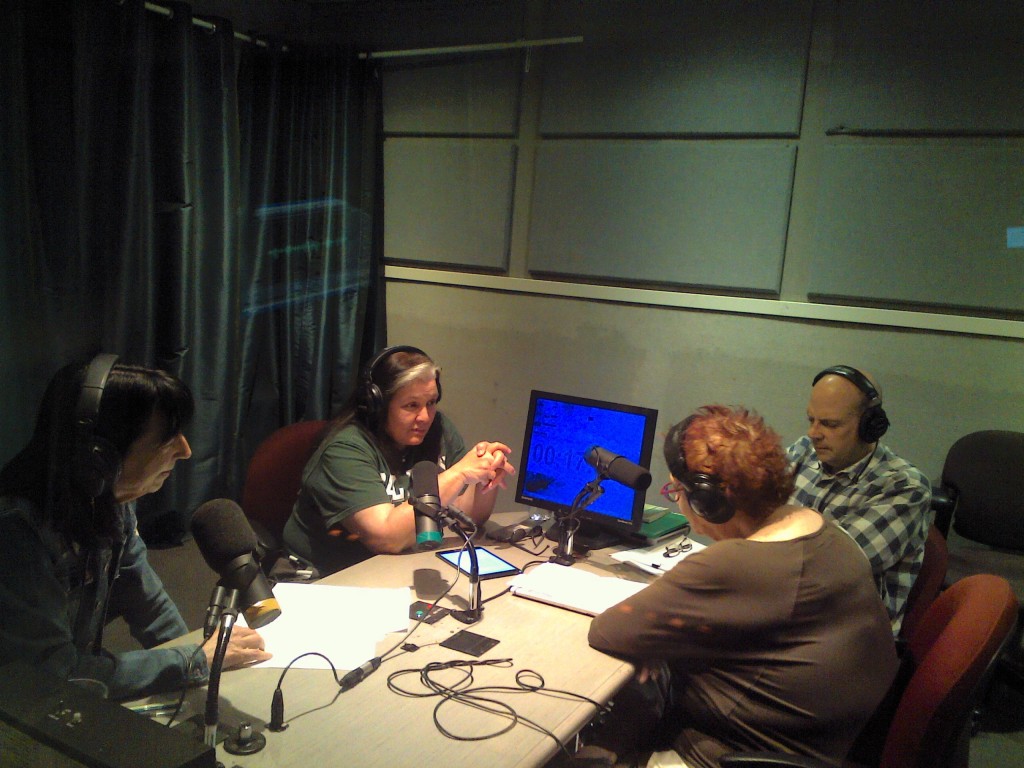


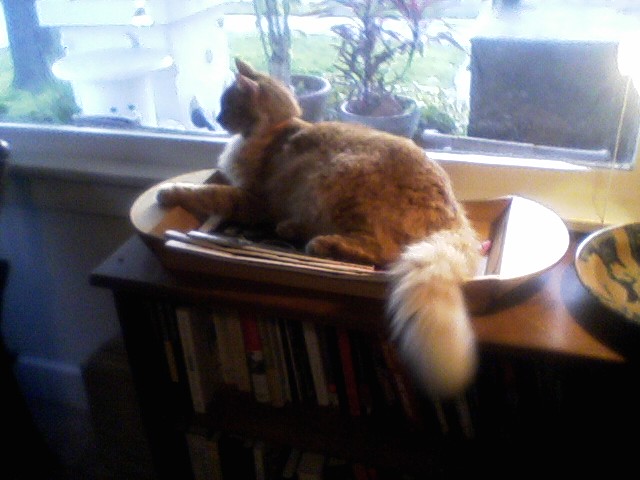
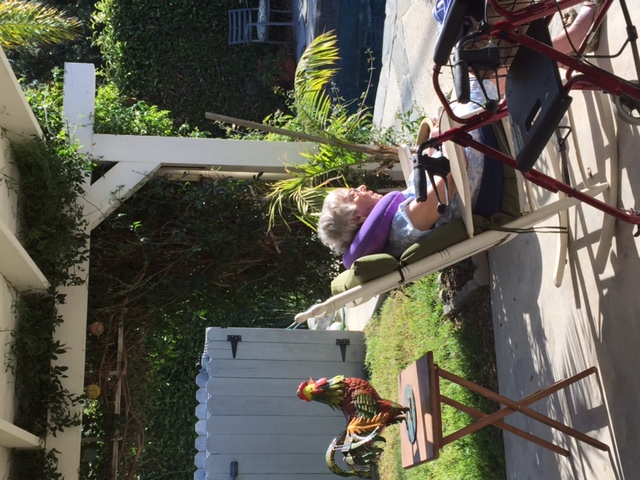
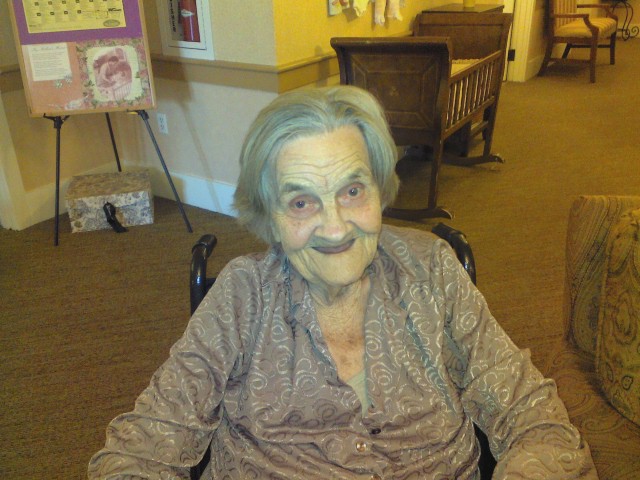
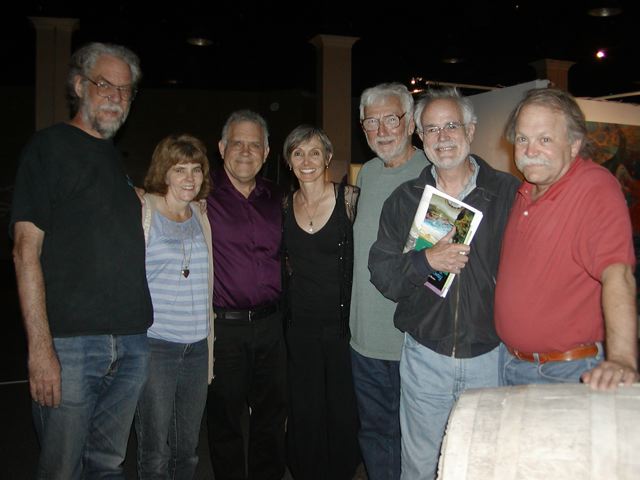 It is at a moment such as this one that the arrival of a photograph depicting the unexpected is most appreciated. (From left to right: G. Murray Thomas; Linda Delmont; Bill Mohr; Nicole Street; Gerald Locklin; Greg Kuzma; Greg Kosmicki.)
It is at a moment such as this one that the arrival of a photograph depicting the unexpected is most appreciated. (From left to right: G. Murray Thomas; Linda Delmont; Bill Mohr; Nicole Street; Gerald Locklin; Greg Kuzma; Greg Kosmicki.) About Bill Mohr
About Bill Mohr